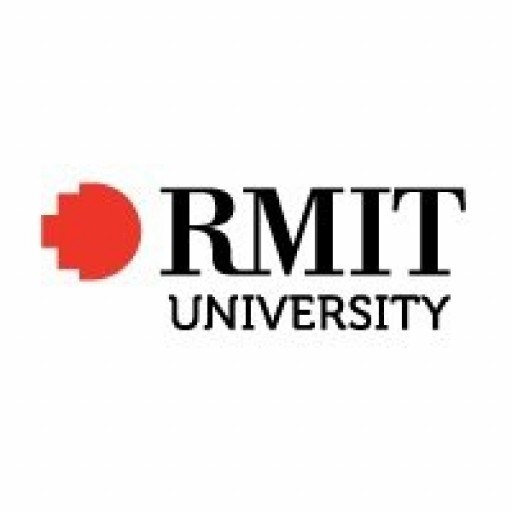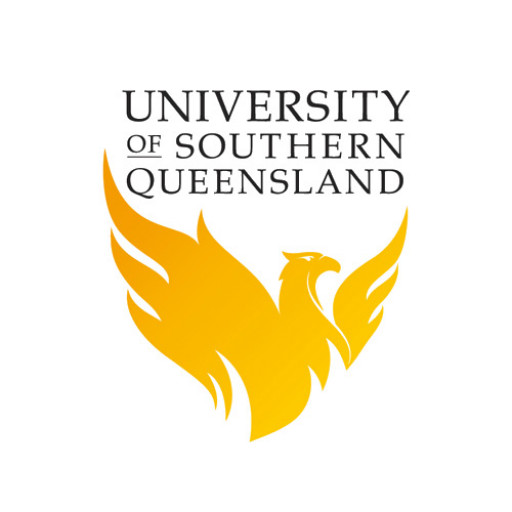Photos of university / #rmituniversity
"Design at the Royal Melbourne Institute of Technology offers a comprehensive and innovative educational experience that prepares students to excel in the dynamic world of creative industries. This program emphasizes the development of strong conceptual thinking, technical skills, and practical application across various design disciplines. Students explore areas such as graphic design, industrial design, interaction design, and visual communication, gaining a broad understanding of the design process from research and ideation to prototyping and final execution. The curriculum is built around real-world projects, collaborative teamwork, and critical analysis, ensuring graduates are well-equipped to meet the demands of the industry. Throughout the course, students have access to state-of-the-art facilities, industry-standard tools, and expert mentorship, fostering an environment of innovation and creativity. The program also encourages students to develop a unique design voice, intellectual curiosity, and an ethical approach to design practices. Emphasizing sustainability and social responsibility, the coursework integrates contemporary themes and technological advancements to inspire solutions that are impactful and forward-thinking. Graduates of the Design program at RMIT are highly sought after by employers in design agencies, corporations, startups, and cultural institutions. They possess the skills to conceptualize, develop, and communicate ideas effectively through various mediums and formats. The program's focus on industry engagement, portfolio development, and professional practice ensures students are prepared for a successful career in the competitive global design landscape. Upon completion, students are equipped to contribute meaningfully to the creative economy, driving innovation and change across diverse sectors."
The Bachelor of Design at the Royal Melbourne Institute of Technology (RMIT) is a comprehensive and dynamic program that prepares students to become innovative and versatile design professionals. This undergraduate degree combines creative thinking, technical skills, and practical experience to equip graduates with the ability to address complex design challenges across various industries. The program covers a wide range of design disciplines, including graphic design, industrial design, communication design, interior design, and digital media. Students will have the opportunity to develop their conceptual and technical skills through hands-on projects, industry placements, and collaborative work with industry partners.
Throughout the course, students are encouraged to explore different aspects of design by engaging in real-world projects that foster critical thinking and problem-solving abilities. The curriculum emphasizes sustainability, user-centered design, and innovative use of technology, ensuring that graduates are prepared to meet the evolving needs of the global design industry. In addition to core design courses, students gain vital skills in research, project management, and professional practice, preparing them for leadership roles within the design sector.
The program integrates modern digital tools and methodologies, enabling students to produce compelling visual communication and functional design solutions. The vibrant campus environment at RMIT offers access to state-of-the-art laboratories, studios, and resources, fostering a collaborative and creative community. Industry-aware, the Bachelor of Design at RMIT is aligned with current industry standards and trends, providing students with opportunities for internships, networking, and exposure to professional practices.
Graduates of this program will be well-equipped to pursue careers in various sectors such as graphic design agencies, design consultancies, corporate in-house design teams, advertising agencies, and freelance design practice. They will also possess the entrepreneurial skills necessary to start their own design ventures. By combining theoretical knowledge, practical skills, and industry engagement, the Bachelor of Design at RMIT aims to develop innovative thinkers and responsible designers who can make meaningful contributions to society and the environment.
- A 4 year bachelor degree with at least a credit average in the final undergraduate year
- or another recognised award appeared to be equivalent in character and standard to a 4 year undergraduate degree, together with at least a credit average in the final undergraduate year. Alternatively applicants can offer proof of appropriate academic credentials and experience that satisfies the Dean of their college of Graduate Research or nominee the candidate has developed comprehension of the area of study or cognate field and also the potential for research adequate to tackle the proposed program.
The Bachelor of Design at RMIT University offers various options for financing your studies, aimed at supporting students financially throughout their academic journey. International students are required to pay tuition fees, which can be paid upfront or through a payment plan arrangement, depending on the student's financial situation and preference. RMIT provides detailed fee information on their official website, including the costs per year and any additional charges related to materials or resources. Domestic students may have access to government funding options such as Commonwealth Supported Places (CSP) or HECS-HELP loans, which significantly reduce the upfront cost of tuition. These government assistance programs enable eligible students to defer payment until after graduation, making higher education more accessible and affordable.
In addition to government schemes, RMIT offers scholarship opportunities for both domestic and international students based on academic performance, financial need, or specific criteria related to the design discipline. Examples of scholarships include merit-based grants, equity scholarships, and industry-sponsored awards, which can cover full or partial tuition fees and sometimes additional living expenses. The university encourages students to explore scholarship options early in their application process to secure financial support.
Students are also advised to consider external funding sources such as private scholarships, grants, or loans available in their home country or internationally. RMIT's careers and student services provide resources and counseling to assist students in identifying suitable financial aid options, managing budgeting, and understanding the costs associated with studying abroad or in Melbourne.
For international students, it is important to budget for living expenses, such as accommodation, food, transportation, and study materials, which are not covered by tuition fees. RMIT offers guidance on accommodation options, from on-campus housing to private rentals, with costs varying based on location and preferences. Students are encouraged to plan their finances carefully and seek advice from the university’s financial support services.
Additionally, students can explore part-time work opportunities during their studies, as Melbourne offers numerous employment options that can help offset living costs. RMIT’s Career Development team provides job placement assistance, resume workshops, and networking events that are helpful for students seeking employment while studying.
Overall, financing studies at RMIT's Bachelor of Design program involves a combination of government support, scholarships, personal savings, and income from part-time work, with the university providing comprehensive support and resources to ensure students can focus on their academic and professional development without undue financial stress.
The Bachelor of Design at RMIT University offers a comprehensive and creative educational experience for students interested in pursuing a career in design. This program emphasizes innovation, technical skills, and strategic thinking, preparing graduates to excel in a rapidly evolving industry. Students engage in a diverse curriculum that covers fundamental design principles, visual communication, digital media, and sustainable practices, ensuring a well-rounded understanding of contemporary design challenges.
Throughout the course, students have the opportunity to develop their creative portfolios through hands-on projects, collaborative workshops, and industry placements. The program encourages experimentation with new materials, technologies, and software, fostering versatility and adaptability. With a focus on the real-world application, students learn to address complex design problems, propose innovative solutions, and communicate ideas effectively across various platforms.
RMIT's facilities support a dynamic learning environment, including access to state-of-the-art laboratories, studios, and digital tools. The program also emphasizes intercultural understanding and global perspectives, preparing students to work in diverse teams and international markets. Graduates of the Bachelor of Design are equipped with the skills necessary for roles in graphic design, visual merchandising, product design, user experience design, and other creative industries.
The curriculum is designed in consultation with industry professionals to remain current with industry trends and technological advancements. Additionally, students are encouraged to participate in exhibitions, competitions, and networking events, which provide exposure and industry connections. The program also offers pathways into postgraduate studies, such as design research and specialization streams.
Overall, the Bachelor of Design at RMIT University is tailored to cultivate innovative, skilled, and forward-thinking designers who can contribute meaningfully to the creative economy and society at large. The program's combination of practical experience, theoretical knowledge, and industry engagement makes it a leading choice for aspiring designers seeking a vibrant and supportive academic environment.

